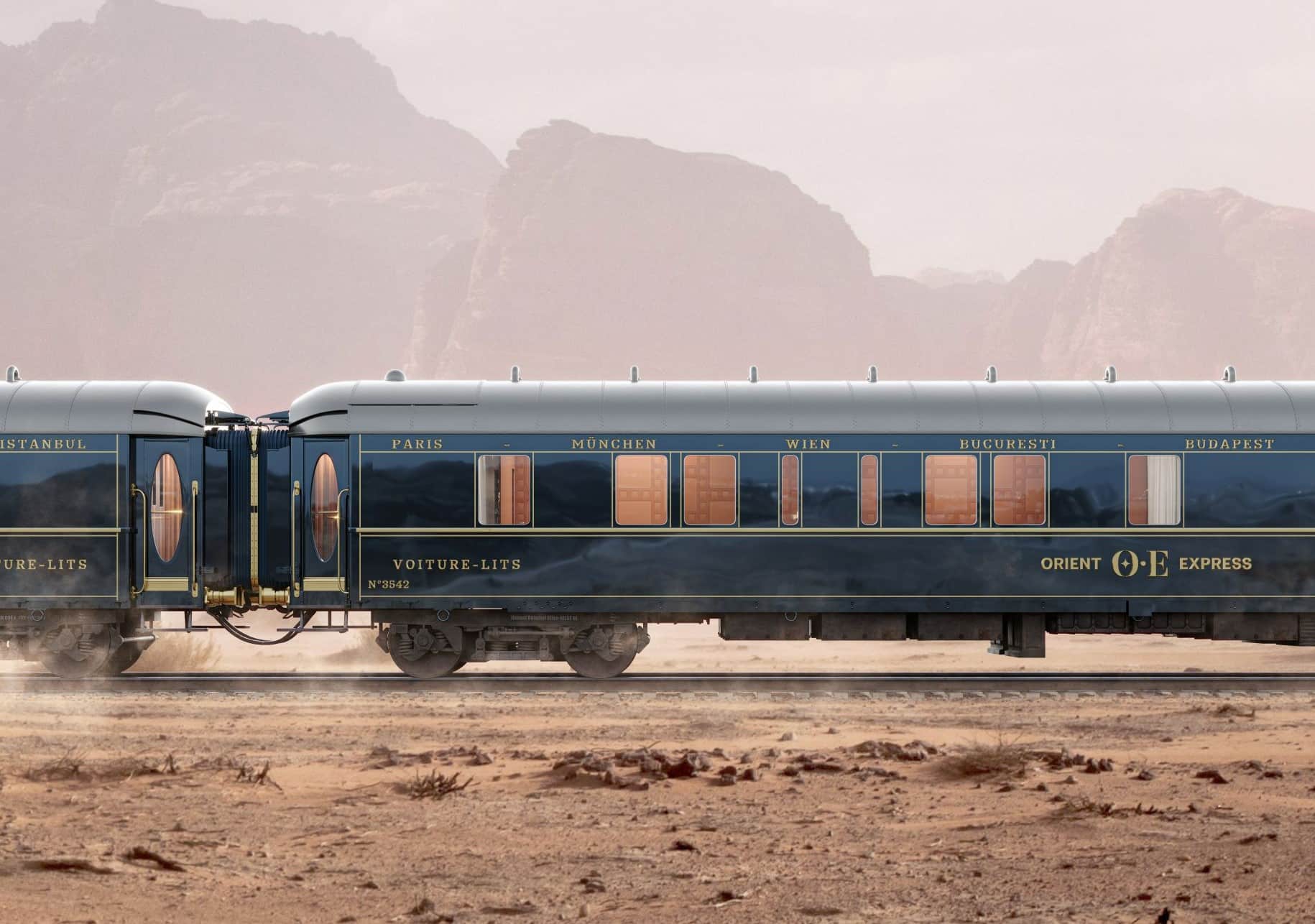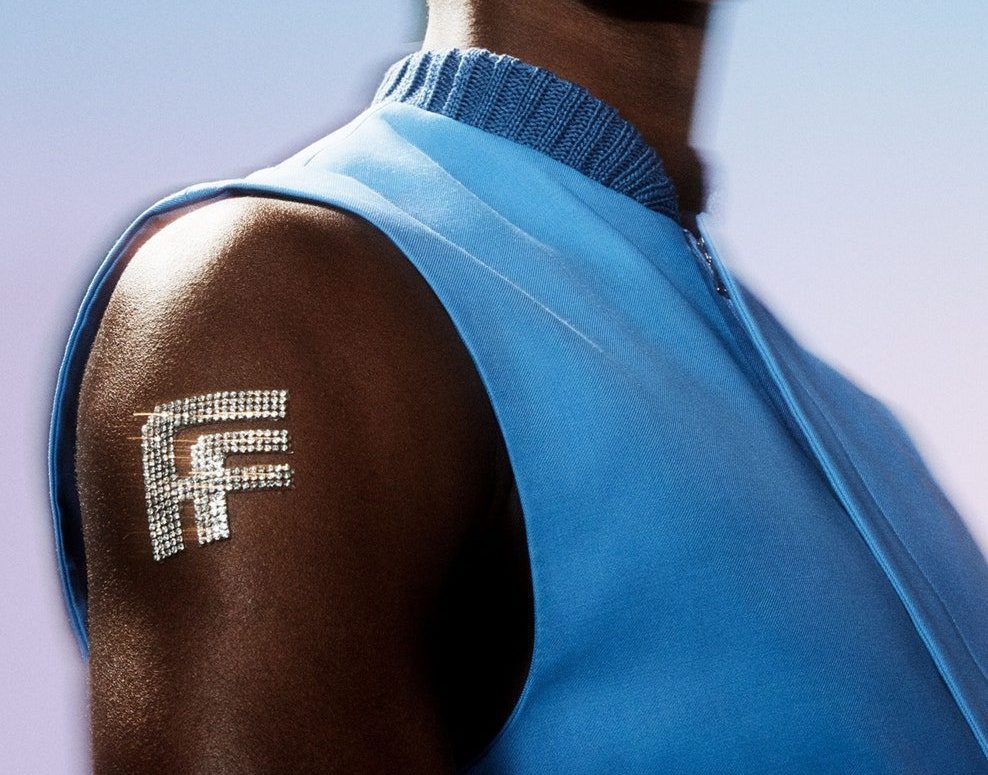Luxury has undergone an extraordinary evolution over the last two centuries, reflecting the social, economic and cultural changes of our ever-changing world. From the splendor of the Victorian era to contemporary minimalism, discover the flight of luxury from the 19th to the 21st century during the contemporary era.
Throughout the 19th century, luxury began the transition to what would become modern luxury. Although it continued to draw on the support of the state (kings, emperors, republics through universal exhibitions), it simultaneously broadened its clientele to include the bourgeoisie. While retaining its artisanal character, it benefited from technical advances and innovations in reproduction, chemistry and materials processing. Finally, it gradually opened up to new fields such as leisure, tourism and gastronomy.
The 19th century was the golden age of cuisine, thanks to technical progress and transportation that facilitated supply and the creation of food markets (such as the halles). New products such as foie gras, truffles and imported pineapples were consumed in the restaurants that sprang up along Paris’s main boulevards. Dining out became a celebration and a ritual, thanks in particular to chef Auguste Escoffier at the Hôtel Ritz. But the 19th century was above all marked by two major upheavals: the industrial revolution and the transportation revolution.

New transportation
The Industrial Revolution brought significant changes to the world of luxury, notably with the mechanization of textile and silk production, as well as improvements in garment dyeing techniques. At the turn of the century, fashion was marked by strict, straight lines, inspired by imperial military uniforms for men, while women wore cinched dresses (tightened at the waist with the use of the corset, abandoned at the beginning of the 20th century) often accompanied by a small train. At the end of the 19th century, women’s fashion became simpler, with strict, sporty lines, while men’s suits and top hats were in vogue.
Click here to read the full article on Luxus Plus Magazine.
Featured photo : © Orient Express








